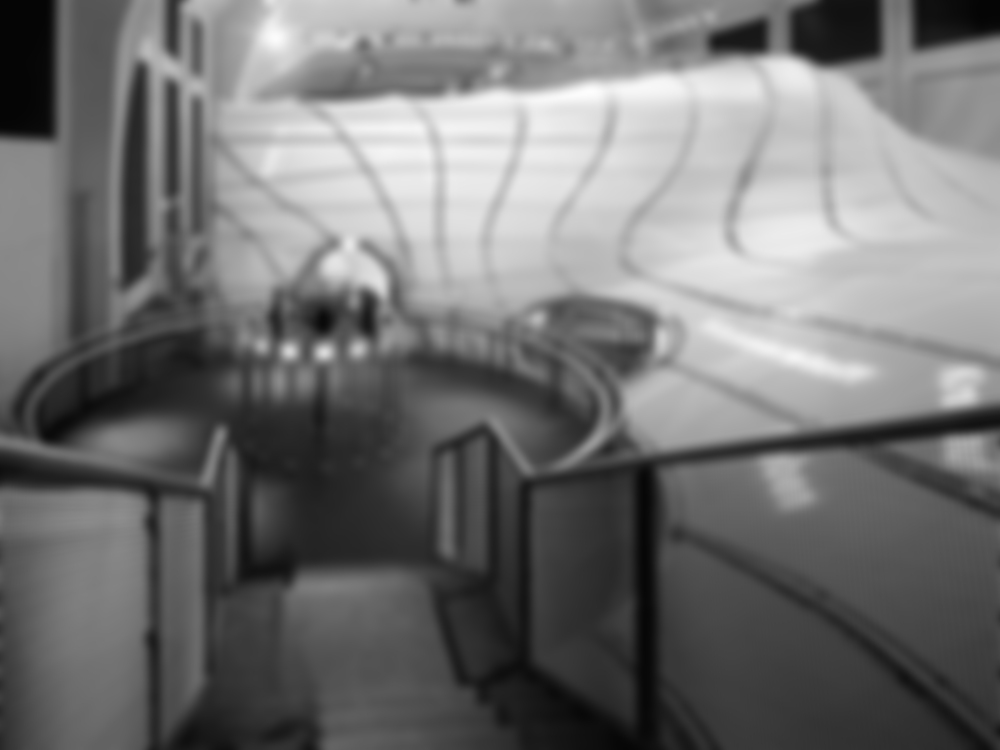The Latin word “membrana”, from which the modern “membrane” is derived, means a “parchment” or “skin”, the main characteristic of which is its thinness. Modern membranes used in building construction as load-transmitting
Technology: Membrane Materials in Building
Issue
06/2000 Building with Membranes
Source
DETAIL

© Cover Tex

© Cover Tex